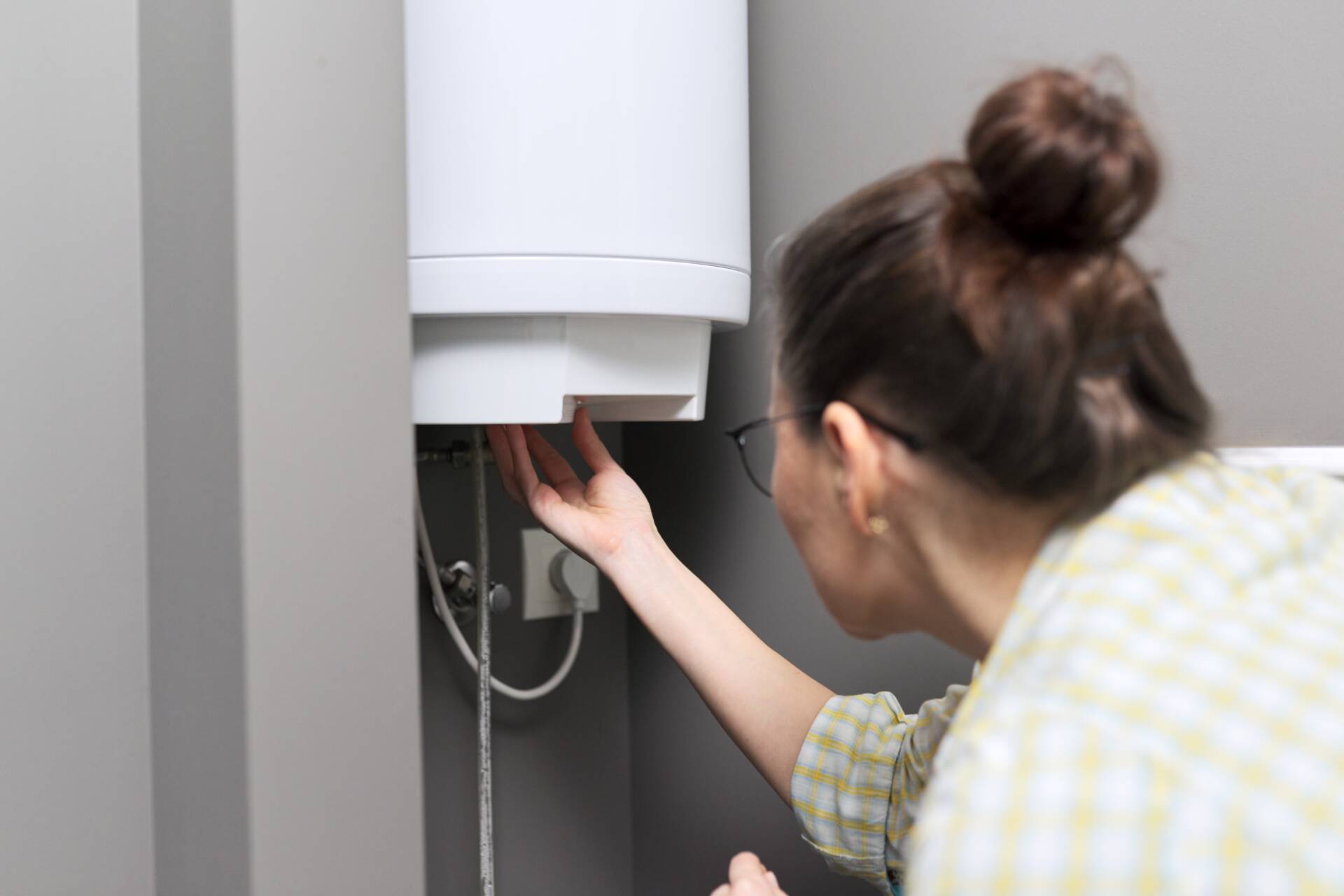How do you actually feel in regards to How to Maintain a Hot Water Heater in a Few Simple Steps?

Hot water is important for everyday convenience, whether it's for a refreshing shower or cleaning dishes. To ensure your hot water system runs efficiently and lasts longer, regular maintenance is essential. This write-up gives sensible tips and insights on how to maintain your home's hot water system to avoid disruptions and pricey fixings.
Introduction
Preserving your home's hot water system may seem difficult, however with a few easy actions, you can guarantee it runs efficiently for many years to find. This guide covers everything from understanding your hot water system to do it yourself maintenance tips and knowing when to call in specialist assistance.
Value of Preserving Your Hot Water System
Normal upkeep not just prolongs the lifespan of your hot water system yet additionally ensures it operates efficiently. Neglecting upkeep can cause reduced efficiency, higher power expenses, and even premature failing of the system.
Indications Your Warm Water System Requirements Maintenance
Understanding when your hot water system requires attention can stop major problems. Look out for indications such as inconsistent water temperature level, strange sounds from the heater, or rustic water.
Understanding Your Hot Water System
Prior to diving into upkeep tasks, it's practical to understand the fundamental parts of your hot water system. Commonly, this includes the hot water heater itself, pipes, anode poles, and temperature level controls.
Regular Monthly Maintenance Tasks
Routine month-to-month checks can help capture small issues prior to they escalate.
Flushing the Hot Water Heater
Flushing your water heater gets rid of debris accumulation, improving efficiency and lengthening its life.
Monitoring and Replacing Anode Rods
Anode rods protect against deterioration inside the storage tank. Inspecting and changing them when worn is essential.
Inspecting and Readjusting Temperature Settings
Readjusting the temperature level setups makes sure ideal performance and safety.
DIY Tips for Maintenance
You can perform numerous upkeep jobs yourself to keep your warm water system in leading condition.
Checking for Leaks
On a regular basis inspect pipes and links for leaks, as these can cause water damage and higher costs.
Testing Pressure Relief Valves
Testing the stress relief valve guarantees it works appropriately and stops excessive stress buildup.
Protecting Pipelines
Shielding hot water pipelines reduces warm loss and can conserve energy.
When to Call a Specialist
While DIY maintenance is valuable, some issues call for expert proficiency.
Facility Problems Requiring Specialist Help
Instances include major leakages, electric issues, or if your water heater is consistently underperforming.
Regular Expert Maintenance Benefits
Specialist maintenance can include thorough assessments, tune-ups, and ensuring conformity with safety and security criteria.
Final thought
Regular upkeep of your home's warm water system is important for efficiency, long life, and cost financial savings. By complying with these suggestions and recognizing when to look for professional aid, you can make sure a dependable supply of warm water without unforeseen disruptions.
How to Maintain an Instant Hot Water Heater
Before tinkering with your hot water heater, make sure that it’s not powered on. You also have to turn off the main circuit breaker and shut off the main gas line to prevent accidents. Also turn off the water valves connected to your unit to prevent water from flowing into and out of the appliance. 2. When you’re done, you have to detach the purge valves’ caps. These look like the letter “T†and are situated on either side of the water valves. Doing so will release any pressure that has accumulated inside the valves while at the same time avoid hot water from shooting out and burning your skin. 3. When the purge valves’ caps are removed, you have to connect your hosing lines to the valves. Your unit should have come with three hoses but if it didn’t, you can purchase these things from any hardware or home repair shops. You can also get them from retail stores that sell water heating systems. Read the user’s manual and follow it to complete this task properly. When the hosing lines are connected, open the purge port’s valves. 4. You should never use harsh chemical cleaners or solutions when cleaning your unit. Make use of white vinegar instead. It should be undiluted and you’ll probably use about 2 gallons. 5. Now flush your water heater. This task should probably take about 40 minutes. We can’t give you specific directions for this because the procedure is carried out depending on the type, model and brand of your heater. With that being said, refer to the user’s manual. 6. When you’re done draining the unit, you have to turn off the purge port valves again. Remove the hosing lines that you earlier installed on each of the water valves. Put the valve caps (purge port) back in their respective places and be very careful so as not to damage the rubber discs that are found inside these caps. 7. Now that everything’s back in place, check your user’s manual again to find out how to reactivate your water heating system. 8. Once it is working, turn one of your hot water faucets on just to let air pass through the heater’s water supply pipes. Leave the tap on until water flows smoothly out of it. https://www.orrplumbing.com/blog/2014/september/how-to-maintain-an-instant-hot-water-heater/

I found that blog post on How to Maintain a Hot Water Heater in a Few Simple Steps when doing a lookup on the web. For those who enjoyed reading our page please consider to share it. I love your readership.
Course Detail